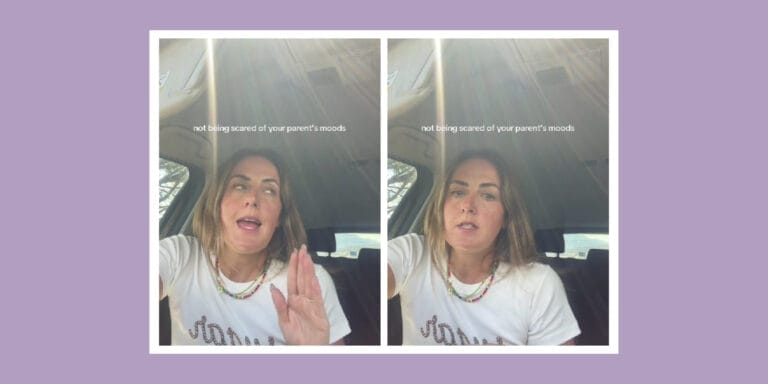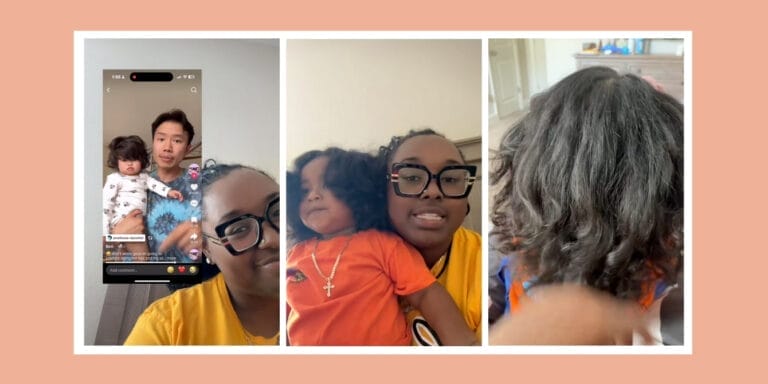Woman goes viral for sharing ‘medical binder’ she takes to doctor’s appointments

"Girl to girl: Make yourself a medical binder to bring to doctor's appointments."
There’s a serious problem women face when it comes to getting healthcare: Doctors don’t believe us. It’s a well-documented phenomenon that women have faced for years. Study after study (and anecdote after heartwrenching anecdote) shows healthcare providers overwhelmingly dismiss women’s reports of pain and illness. And now, one woman’s TikTok video with her solution is going massively viral.
She calls it her “medical binder.”
“Medical binders make things faster for doctors,” Jessica Wetz says in her video. “That’s why we use them and why they thank me for them. Let me explain how it works.”
She continues, “I had a doctor say to me, ‘There’s no way you had straightening of the lumbar curvature at 14.'”
She then adds, “You don’t have to believe me. I have the report right here. Let’s read it together.”
In another example she gives, she says, “I had a doctor say to me, ‘OK Jessica, I’m going to order you some labs, and then in six weeks, we’ll go over them.'”
She responds, “‘What blood work do you want?’ He says, ‘Vitamin D, Vitamin B, iron.’ Perfect. Had it two days ago. I have it right in front of me. We don’t need to wait six weeks.”
But that’s not all Wetz uses her medical binder for, as her next example shows.
“I had a doctor say to me, ‘OK Jessica, I went over your results. Everything is normal. Have a good day. Bye,'” she says, to which she responds, “Hold up, Doc! My CT showed liver disease.’ He goes, ‘No, Jessica, you never had a CT—you had an MRI. I said, ‘No Doc, pull it up. You have the report. I had both.'”
Wetz then describes how the patronizing doctor tries to explain to her the difference between a CT and an MRI, but she cuts him off and pulls up the CT scan report for him to read instead, because she has receipts.
She also responds to a commenter who asked her about including a summary page (since the binder is obviously a lot for anyone to absorb), Wetz does have a summary page to help doctors save time, she says. It lists her diagnoses, including Ehlers Danlos, a genetic disorder that affects joints and connective tissues and can cause them to slip and dislocate. But, she says, doctors who read the summary page are often skeptical that she has this rare syndrome — or that it was diagnosed by a doctor, and not herself, using Google, so she finds herself flipping away from the summary page and onto more detailed reports in the binder to prove it to them.
“A summary report doesn’t do sh*t. The purpose of the binder is to prove to them what other doctors have said, because they’re not going to take my word for it.”
And that’s the real power of the binder. It’s not for every doctor to read. It’s not for their information. It’s another tool women can use to prove things to their doctors — to stand up for themselves against dismissiveness at medical appointments. And that’s why it’s such an important and effective tool — and why this video has resonated with enough people to go viral.





































